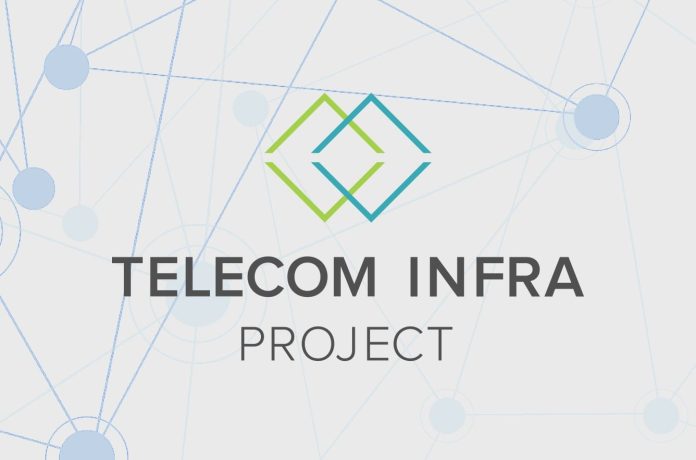The Telecom Infra Project (TIP) is putting focus on edge-based private 5G networks for enterprises, as it narrows its scope from “connecting the unconnected” with wide-area cloud-based open infrastructure to also include cheaper, more flexible local-area cellular networking. The consortium, founded by Facebook and directed with board-level input from key European carriers, said private 5G is “one of the most attractive commercial opportunities for 5G”.
The introduction of a new solutions group for private 5G follows the establishment of three solutions groups late last year, aligned with its original three-fold remit to open up hardware and software across the access, transport, and core (and services) parts of cellular networks. These three groups are tasked with “open, interoperable, disaggregated” network components, network layers, and end-to-end solutions.
The new private 5G group takes the same view about the challenge to scale on-premise industrial cellular networks: that “traditional network architectures, focused on large scale deployments and operations, don’t have the right economics or the operational flexibility to efficiently deliver on the emerging needs of enterprise customers”.
A new approach is required, the group maintains, in line with the wider industry move on commoditised hardware and open source software. It said traditional telcos — including, notably, the likes of BT, Deutsche Telekom, Telefónica, and Vodafone, on its board — can implement “new management and operational models” with private 5G, and achieve “full automation of the operation” of enterprise networks”.
But there is work to do, it said. It stated: “The [new] solution group will develop a new approach to manage and operate 5G private networks, based on a cloud-native architecture, and making use of a new class of software management tools, based on the paradigms currently used for the cloud, but adapted to deliver the requirements of a telecom network environment.
The new group will leverage previous work contributed to TIP’s open RAN and open core project groups. This includes building on an initial version of a ‘continuous integration, continuous delivery & deployment’ (CI/CD) platform, which applies traditional IT methodologies to automate integration, testing and deployment of open RAN software, and has been available for TIP members.
TIP is one of three consortia driving the open RAN ecosystem, alongside the Open RAN Policy Coalition and the O-RAN Alliance. The TIP board comprises personnel from Dell, Facebook, and Intel, as well as the above-mentioned carriers. A press statement included commentary from a number of them.
Juan Carlos Garcia, senior vice president of technology innovation at Telefónica, and a board director at TIP, commented: “This group will enable operators to address the exciting opportunities 5G is creating in the enterprise segment, both through valuable features for customers and more efficient network operations. The TIP community is the perfect environment for this innovation, as it will allow us to leverage multiple current project groups to deliver an end-to-end minimum viable product we will then test in Telefonica’s TIP community lab.”
Ihab Tarazi, chief technology officer and senior vice president of networking and solutions at Dell Technologies, said: “For open networks to deliver their benefits, the telecom industry needs an abstraction layer that helps integrate different components into end-to-end solutions. New software management tools based on the ones currently used for the cloud can address this need, and this solution group is a timely initiative for the industry to collaborate to make this happen.”
Caroline Chan, vice president and general manager of network business incubation at Intel, said: “TIP is expanding its scope to include the validation of interoperability between different elements across the whole network, and insights and recommendations about how to operate them. The new group is a strong example of this approach. With dedicated local private high-performance network connectivity as a key emerging deployment model for 5G and edge buildout, this group can help foster important ecosystem collaboration.”

